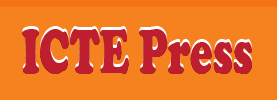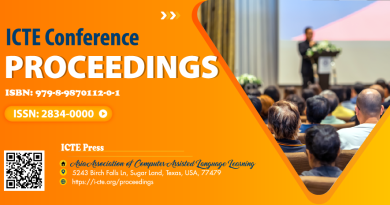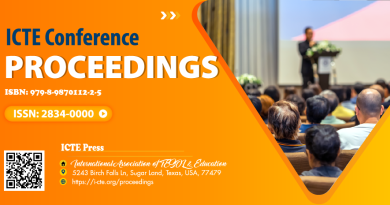Quantitative research in language teaching
 Language teaching is a complex and multifaceted field that requires a rigorous research approach to advance our understanding of the teaching and learning process. This book presents a collection of quantitative research studies in language teaching, with the aim of providing graduate students with an in-depth understanding of the research process and the quantitative research methods commonly used in the field when they learn to write up their thesis.
Language teaching is a complex and multifaceted field that requires a rigorous research approach to advance our understanding of the teaching and learning process. This book presents a collection of quantitative research studies in language teaching, with the aim of providing graduate students with an in-depth understanding of the research process and the quantitative research methods commonly used in the field when they learn to write up their thesis.
This book is intended to provide graduate students with a comprehensive understanding of quantitative research methods in language teaching. By providing a detailed examination of the research process and the different research techniques available, we hope to inspire graduate students or future researchers to undertake rigorous and meaningful research studies in the field of language teaching.
Chapter 1 introduces educational research, outlining the basic principles of research design and the key elements of a research study. Chapter 2 focuses on the research problem, discussing how to identify and define a research problem and how to develop research questions and hypotheses. Chapter 3 explores the importance of conducting a thorough review of the literature, examining the different types of sources available, and how to evaluate and synthesize the existing research critically. Chapter 4 overviews quantitative research designs, including experimental, quasi-experimental, and correlational designs, and discusses their strengths and weaknesses.
Chapter 5 delves into the various data collection techniques used in quantitative research, including surveys, observations, and experiments. Chapter 6 focuses specifically on language tests and assessments, discussing the different types of tests available and their strengths and weaknesses. Chapter 7 addresses the issues of population and sample, including how to define and select a representative sample for a study. Chapter 8 introduces data analysis and SPSS statistics, discussing the different types of data analysis techniques available and how to use SPSS software to analyze data. Finally, Chapter 9 discusses the structure of a thesis, guiding how to structure a thesis and what to include in each section.
Upon completion of this course, graduate students will have developed their knowledge and skills in several areas. They will have gained a broad understanding of research methodologies, various research designs, and techniques for collecting quantitative data. Additionally, they will have learned how to analyze both types of data using software such as SPSS.
Regarding their abilities, graduate students will be able to conduct their own research studies using quantitative approaches. They will be proficient in using statistical software like SPSS to analyze the collected data. Furthermore, they will be able to write up their findings for international publication.
As for their capacities and responsibilities, graduate students will be expected to take responsibility for their own learning and research. They will be encouraged to generate novel findings from their own research projects while adhering to ethical guidelines for conducting research studies.
Buy it now!




Hi, I am considering using this book as a textbook for a PhD course in TESOL. I am a professor of TESOL based in Seoul, South Korea. Could you please send me an evaluation copy?